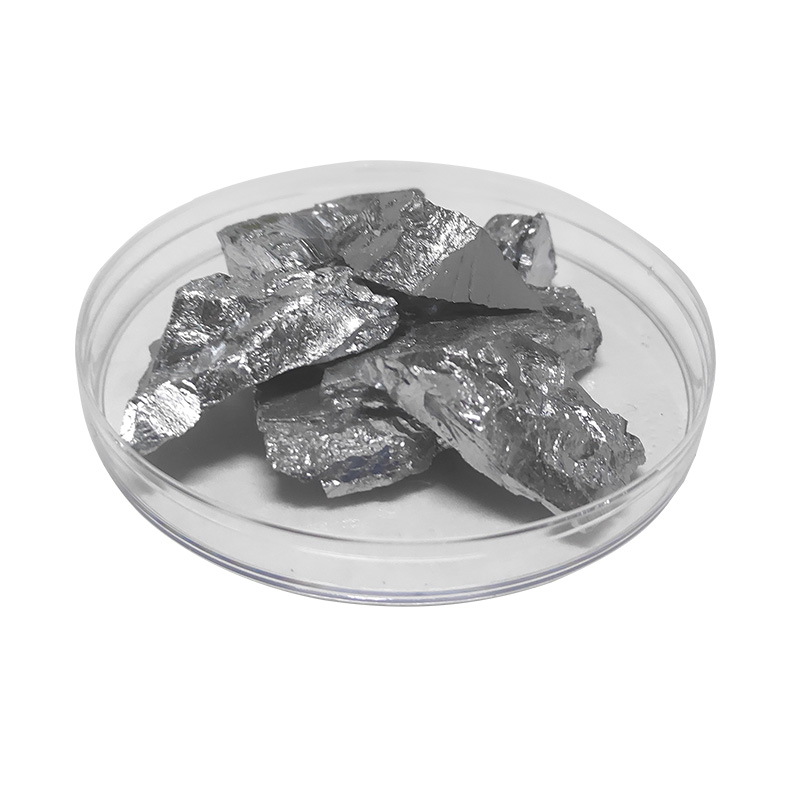Uses of High-Purity Metal Chromium
High-Purity Metal Chromium also known simply as chromium, is a chemical element with the symbol Cr and atomic number 24. It is a hard, lustrous, steel-gray metal with excellent corrosion resistance and a high melting point.

Properties of High-Purity Metal Chromium
Physical Properties
High-Purity Metal Chromium exhibits a range of physical properties, including high hardness, high melting point, and excellent thermal conductivity. Its density and electrical conductivity make it ideal for various industrial applications.
Chemical Properties
Chromium is highly resistant to corrosion, forming a protective oxide layer when exposed to air. It exhibits multiple oxidation states and can form various compounds, including chromates and dichromates.
Uses of High-Purity Metal Chromium
Industrial Applications
High-Purity Metal Chromium is widely used in the metallurgical, aerospace, and automotive industries for its corrosion resistance and durability. It is used in stainless steel production, alloy manufacturing, and surface coatings.
Medical Applications
In the medical field, chromium compounds are utilized in the treatment of chromium deficiency and as dietary supplements. Additionally, chromium coatings are used in orthopedic implants to enhance biocompatibility.
Production of High-Purity Metal Chromium
Extraction Methods
Chromium is primarily extracted from chromite ore, which is processed through various methods, including roasting, leaching, and electrolysis. These processes yield chromium in different forms, including ferrochromium alloys and chromium metal.
Purification Techniques
To achieve high-purity chromium, additional refining processes such as vacuum distillation and zone refining are employed. These techniques remove impurities and ensure the desired quality of the final product.
Environmental Impact of Chromium Mining
Effects on Ecosystems
Chromium mining and processing can have significant environmental impacts, including habitat destruction, water pollution, and soil contamination. The release of hexavalent chromium, a toxic form of the element, poses risks to aquatic life and human health.
Mitigation Strategies
Efforts to mitigate the environmental impact of chromium mining include the implementation of stringent regulations, the adoption of cleaner production technologies, and the development of sustainable mining practices.
Health Effects of High-Purity Metal Chromium
Occupational Exposure
Workers in industries such as chrome plating, stainless steel production, and leather tanning may be exposed to high levels of chromium through inhalation or skin contact. Occupational exposure to chromium compounds can lead to respiratory problems, skin irritation, and lung cancer.
Health Risks and Regulations
Regulatory agencies such as the Occupational Safety and Health Administration (OSHA) have established exposure limits for chromium to protect workers' health. Compliance with these regulations, along with proper ventilation and personal protective equipment, is essential to minimize health risks.
Future Trends
As technology advances, new applications and processes involving High-Purity Metal Chromium continue to emerge. Innovations in chromium recycling, alternative energy storage, and nanomaterials hold promise for the future of this versatile element.
Conclusion
In conclusion, High-Purity Metal Chromium plays a vital role in various industries and applications, thanks to its unique properties and versatility. However, it is essential to balance its benefits with environmental and health considerations to ensure sustainable use and minimize adverse impacts.

评论
发表评论